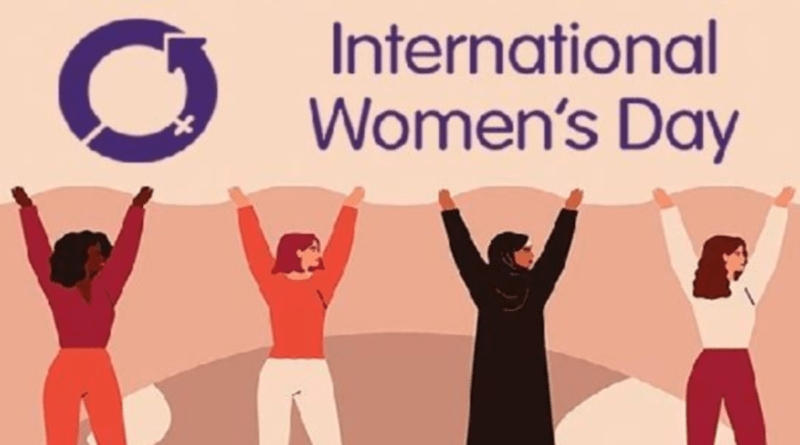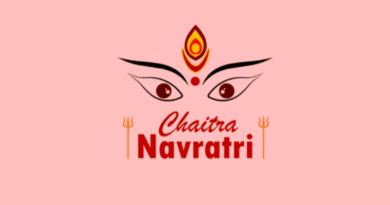Here you see:celebrating the greatest and most powerful women in Indian history on the occasion of International Women’s Day.
India’s rich history is replete with inspirational women who, through their extraordinary accomplishments and steadfast leadership, have left a lasting legacy.
Here, we honor ten remarkable Indian historical figures—aside from those from the present and post-1900 eras—whose contributions have influenced the country and motivated future generations. Honoring these intriguing women.
Rani lakshmibai
Rani Lakshmibai, popularly referred to as the Queen of Jhansi, was a key player in the 1857 Indian Rebellion against British rule. Born in 1828, she married the monarch and became the queen of Jhansi. Despite being young and widowed, she resisted the British’s attempt to conquer her kingdom on the grounds of the Doctrine of Lapse.
She led her own army in valiant combat against the British forces, encouraging a great number of people to join the uprising. She lost her life at the Battle of Gwalior in 1858, but her legacy endures as a testament to her patriotism and defiance.
Razia sultana
The Delhi Sultanate, an Islamic empire that ruled over most of India from the 13th to the 16th centuries, had Razia Sultana as its first and only female monarch. Her father, Sultan Iltutmish, passed away in 1236, and she succeeded to the throne in 1236.
She was a capable and astute leader who carried out numerous reforms, including enhancing the government, advancing education, and giving women equal rights.
She was a capable and astute leader who carried out numerous reforms, including enhancing the government, advancing education, and giving women equal rights.
She pushed for reforms in education and administration, even in the face of opposition from the clergy and nobles. Although one of her rivals assassinated her in 1240, her reign is regarded as the ”elhi Sultanate’s greatest age.
Ahilyabai holkar
The queen of the Maratha Malwa kingdom, a strong Hindu empire that arose in central India in the eighteenth century, was Ahilyabai Holkar.
She was born in 1725, and in 1733, she married Khanderao Holkar, the king of Malwa.
Following the deaths of her husband and son in 1767, she assumed the title of queen regent and held it for 30 years until her death.
She was a kind and pious monarch who supported numerous temples, educational institutions, and nonprofit organizations. In addition, she kept her kingdom prosperous and peaceful throughout the tumultuous period of battles and invasions.
She is recognized as one of India’s most notable female rulers.
Nur Jahan
The Mughal Empire, the biggest and most powerful Islamic state in Indian history, was ruled by Nur Jahan, its empress. She married the emperor Jahangir in 1611 after being born in 1577.
She rose to prominence as the most important and powerful lady in the Mughal court, practically ruling the empire alongside her husband.
She commissioned numerous mosques, gardens, and monuments as a patron of the arts, trade, and architecture.
She also had a significant impact on the military and political operations of the kingdom and shaped Shah Jahan’s (the man who built the Taj Mahal) line of succession.
Despite her passing in 1645, Mughal culture and traditions still bear her influence.
Phule Savitribai
Throughout the 19th century, Savitribai Phule—a social reformer, educator, and poet—fought for the rights of oppressed groups, including women and members of lower castes.
She was born in 1831, and in 1840 she married another reformer, Jyotirao Phule. In 1848, she established the first school for females and became the first female teacher in India.
She also started a number of additional women’s organizations, orphanages, and schools.
She ran a campaign against gender inequity, caste prejudice, child marriage, and sati.
Mirabai
Mystic, saint, and poet Mirabai Mirabai is regarded as one of Lord Krishna’s greatest devotees.
She was born in 1498, and in 1516 she married the ruler of the Rajput kingdom of Mewar, located in western India. She wrote poetry and songs as a way of expressing her love and devotion for Krishna. She also disobeyed customs and conventions prevalent in her era, including the purdah system, the caste system, and the sati practice.
She persevered in her faith and commitment despite numerous challenges and persecutions from her in-laws and society. Despite the fact that millions of people still sing and recite her poems and songs, it is thought that she mysteriously vanished in 1546 and transformed into the image of Krishna.




